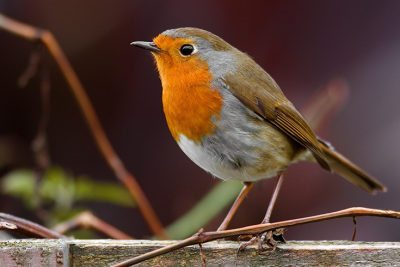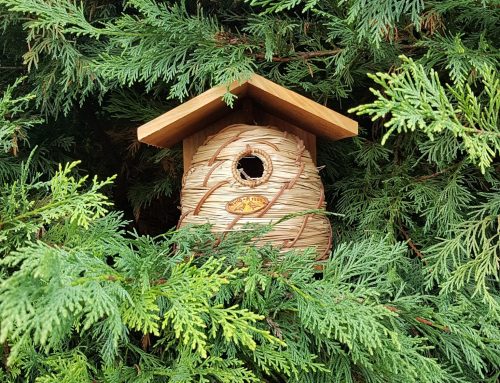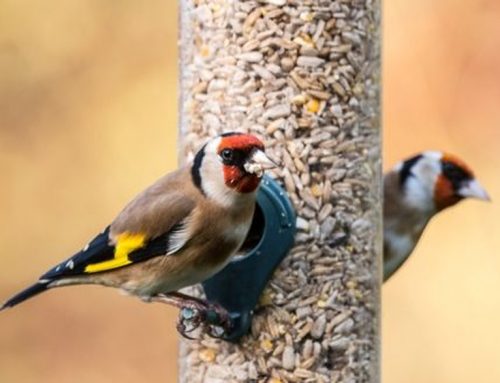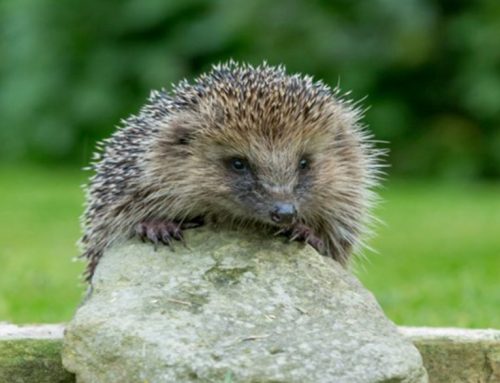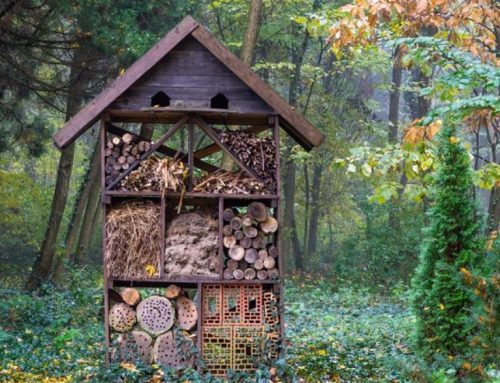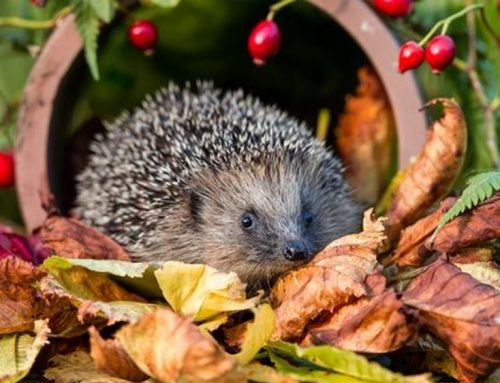Garden birds do much more than look pretty. They are part of the food chain and act as vital predators in terms of insect pests. A flock of long tail tits will make short work of an aphid infestation and without the need for pesticides. Make your garden a safe haven for birds and enjoy their delightful antics.
Natural food such as berries and seeds are in short supply. Supplement their diet with quality food that mimics their natural diet. Peckish Meal Worms are a great treat for insectivorous birds such as robins.
Birds need to bathe daily even in icy weather, so a birdbath is essential. It provides a vital source of water too. Keep it clean, fresh and free from ice at all times.
Plant native hedging and shrubs to provide safe roosting places for the birds, choose varieties with berries or fruit to supplement their diet. Prickly species such as blackthorn and hawthorn help protect the birds from predators. Beech hedges will give more shelter and wind protection.
Hollow trees and natural nooks and crannies for bird nests are in short supply. Install nest boxes to give your feathered friends safe places to rear a family.
Look at what you grow. Berried plants, fruits and seeds are all a vital source of food for birds. Plant cotoneaster, pyracantha, holly and any of the other fruiting plants that form part of their diet.
Don’t be too quick to dead head and cut back the borders. Seed heads are fast food for seed eating species such as finches.

Birds are often a mixed blessing in the garden: they’ll swipe your berries, but while they’re at it they’ll also strip aphids from your roses, eat small slugs and hoover up caterpillars too. On the whole, they do far more good than harm: and besides, they’re lovely to watch as they flit around your plants, bringing your garden to life with song and colour.
Follow our top five tips to make your garden into a haven for your feathery friends.
Install a pond: birds appreciate a water feature more than anything. They’ll go down to the pond to take a drink and have a little bath, and have a snack on the insects it attracts, too!
Put up bird feeders: a range of different feeders on a stand lets you provide everything from peanuts, in wider wire mesh feeders, to seed, dispensed through a plastic tube. A table catches waste and holds raisins, chopped apples and grated cheese. Don’t forget to fit a squirrel guard to keep the long-tailed thieves away!
Provide the right food: in winter, garden birds need more fat to help them keep on weight in the cold but in summer, it’s better to eed a good-quality seed mix. Good year-round feeds include black sunflower seeds, nyger, peanuts and mealworms.
Grow berrying shrubs: this is the most natural food for birds and one that will draw them in in their hundreds. Red-berrying shrubs like cotoneaster, pyracantha and spindle berry are most popular, followed by the orange berries of berberis and rowans: they seem to like white berries least.
Leave seedheads on: don’t be too quick to tidy up once annuals and perennials have died back in autumn, as birds really appreciate the contents of their dried seedheads. Sunflowers, globe thistles, teasels, mullein and evening primrose are all much appreciated.

